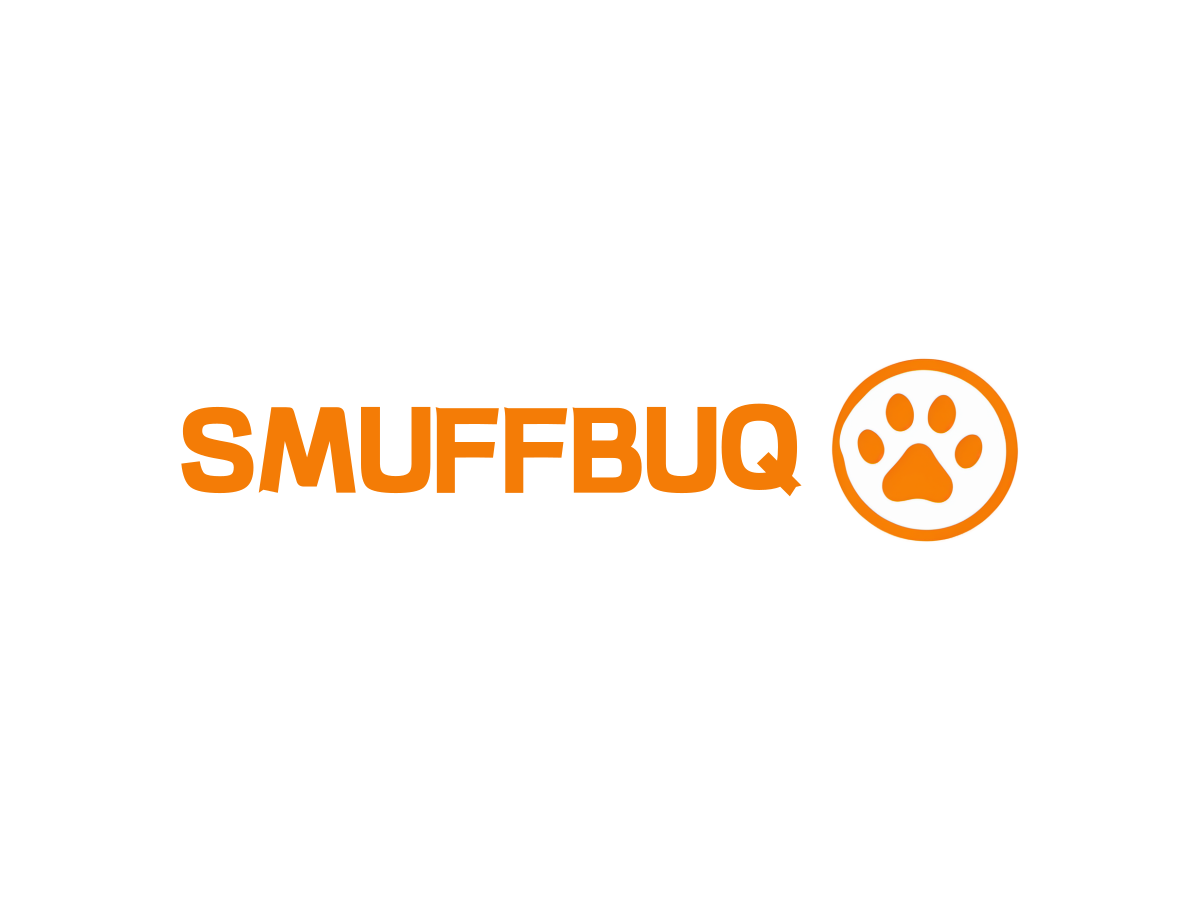What’s the Best Dog Harness for Your Furry Friend?
Many dog owners struggle with choosing the right harness for their pets. Pulling behavior, discomfort, and escape risks can make walks frustrating and potentially dangerous for both you and your four-legged companion.
**The best dog harness depends on your specific needs. The best dog harness depends on your specific needs. Front-clip harnesses work well for pullers, back-clip harnesses suit casual walkers, and step-in harnesses1 are ideal for small dogs
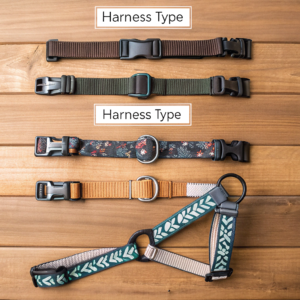
As someone who’s spent years fitting dogs of all shapes and sizes with harnesses, I’ve learned that the right choice makes all the difference in your walking experience. Let’s explore the various harness options and find what might work best for your particular situation.
What Type of Dog Harness is Best for Your Pet’s Needs?
Have you ever watched your dog struggle uncomfortably in an ill-fitting harness? The wrong harness can cause chafing, restrict movement, and even make behavior problems worse during walks.
**The best harness type depends on your dog’s individual needs. Front-clip harnesses provide steering control for pullers, Front-clip harnesses1 provide steering control for pullers, back-clip harnesses offer comfort for well-behaved dogs, dual-clip models provide versatility, while step-in and vest harnesses work well for small breeds or those with sensitive skin
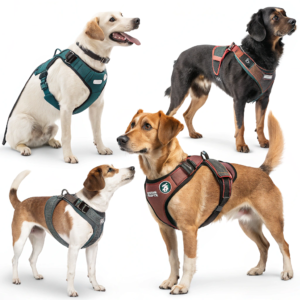
Each harness style comes with distinct advantages depending on your specific situation. Let me break down the main types to help you make an informed decision:
Front-Clip Harnesses
Front-clip harnesses feature a leash attachment point on the dog’s chest. When your dog pulls, the design redirects them toward you rather than allowing them to forge ahead. This design is particularly effective for training and discouraging pulling behavior.
Back-Clip Harnesses
These traditional harnesses have the leash attachment on the dog’s back. They’re comfortable and don’t risk trachea damage like collars can, but they provide less control over pulling. They’re ideal for dogs who already walk well on leash or for recreational activities like hiking.
Dual-Clip Harnesses
For maximum versatility, dual-clip harnesses feature attachment points on both the chest and back. This allows you to switch between training mode (front clip) and regular walking (back clip) as needed.
Step-In Harnesses
These harnesses allow your dog to literally step into them before buckling, making them easier to put on squirmy dogs. They’re typically lightweight and less bulky than other options.
Vest Harnesses
Providing more coverage than strap harnesses, vest designs distribute pressure more evenly across your dog’s body. They’re excellent for small breeds, dogs with sensitive skin, or those needing extra support.
| Harness Type | Best For | Drawbacks |
|---|---|---|
| Front-Clip | Pullers, training | Can restrict shoulder movement |
| Back-Clip | Casual walks, well-behaved dogs | Less control over pulling |
| Dual-Clip | Versatility, dogs in training | Bulkier, more expensive |
| Step-In | Small dogs, easy application | May not be sturdy enough for strong pullers |
| Vest | Sensitive skin, support, small breeds | Can overheat dogs, harder to adjust |
Why Do Dog Trainers Not Recommend Certain Harnesses?
Many dog owners are confused when trainers discourage harness use. I’ve had clients come to me frustrated after being told that harnesses encourage pulling rather than preventing it.
**Some dog trainers discourage certain harnesses because poorly designed models can encourage pulling behavior, Some dog trainers discourage certain harnesses because poorly designed models1 can encourage pulling behavior, restrict natural movement, or cause discomfort
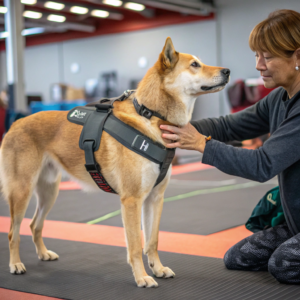
The relationship between harnesses and training philosophy is more nuanced than many realize. As someone who’s worked with numerous trainers and dogs, I’ve discovered several reasons why some professionals are hesitant about certain harness styles:
Movement Restriction Concerns
Some trainers worry about harnesses that limit a dog’s natural gait. Certain front-clip designs, especially those with straps that cross the shoulders, can shorten stride length and potentially cause physical issues over time. This is particularly concerning for athletic dogs or those participating in canine sports.
The Opposition Reflex
Dogs naturally push against pressure—a phenomenon called opposition reflex. Some trainers argue that back-clip harnesses trigger this instinct when a dog pulls, essentially teaching them to pull harder rather than walk nicely. This is why traditional harnesses are sometimes called "pulling machines" in training circles.
Aversive Methods Debate
There’s significant debate about harnesses designed to create discomfort when a dog pulls (those that tighten or have rough material under the armpits). While some trainers use these as training tools, others consider them aversive and potentially harmful to the dog’s physical and psychological wellbeing.
Training Philosophy Differences
The harness recommendation often reflects a trainer’s overall philosophy. Positive reinforcement trainers typically favor Positive reinforcement trainers typically favor front-clip or dual-clip harnesses paired with proper training, while traditional trainers1 might prefer tools that create more immediate consequences for pulling.
| Training Approach | Typically Recommends | Typically Avoids |
|---|---|---|
| Positive Reinforcement | Front-clip, properly fitted Y-shaped harnesses | Tightening harnesses, head halters |
| Balanced Training | Dual-clip harnesses, martingale collars | Back-clip only harnesses |
| Traditional | Training collars, head halters | Any harness without training function |
| Sport/Working | Y-shaped, non-restrictive harnesses | Restrictive front-clips, wide straps |
What Is the Most Secure No-Pull Dog Harness?
I’ve experienced the frustration of having a strong dog break free from a harness during a walk. This safety concern keeps many owners awake at night, especially those with escape-artist pets.
The most secure no-pull harnesses feature multiple adjustment points, safety buckles, and escape-prevention features like belly straps and properly positioned chest pieces. Brands like Ruffwear Web Master, Blue-9 Balance, and 2 Hounds Design Freedom No-Pull consistently rank highest for security and anti-pull effectiveness.
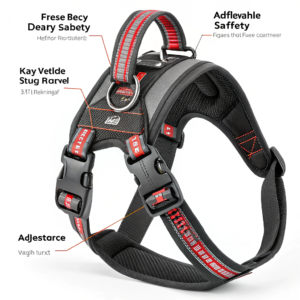
Finding a harness that’s both escape-proof and effective at preventing pulling requires understanding key security features. Through my experience fitting hundreds of dogs, I’ve identified what truly makes a harness secure:
Critical Security Features
The most escape-resistant harnesses share several important design elements. Look for models with at least 3-5 points of adjustment to ensure a custom fit, which is the foundation of security. Y-shaped chest pieces that sit away from the delicate trachea area provide better control without causing discomfort. Additionally, harnesses with a belly strap (creating a third point of security behind the ribcage) dramatically reduce the risk of backward escape.
Top Secure No-Pull Models
After extensive testing with strong pullers and escape artists, certain models consistently perform better than others. The Ruffwear Web Master features a distinctive third strap behind the ribcage, making it nearly impossible for dogs to back out. The Blue-9 Balance Harness offers five points of adjustment for an ultra-customized fit. The 2 Hounds Design Freedom No-Pull combines a martingale loop on the back with a front attachment point for superior control.
Proper Fit Matters
Even the most secure harness design fails if improperly fitted. I always recommend the "two-finger rule" – you should be able to slip two fingers between any strap and your dog’s body. The chest piece should rest on the breastbone, not slide up to the vulnerable throat area. Straps should be checked and adjusted regularly as your dog’s weight, coat condition, and muscle tone change throughout the year.
| Harness Model | Security Features | Best For |
|---|---|---|
| Ruffwear Web Master | 3rd belly strap, 6 adjustment points | Escape artists, deep-chested breeds |
| Blue-9 Balance | 5 adjustment points, minimal coverage | Sensitive dogs, precision fitting |
| 2 Hounds Freedom | Martingale back loop, front clip | Strong pullers, training |
| Kurgo Journey Air | Nested buckles, reinforced attachments | Active dogs, car safety |
| Perfect Fit | 3-piece modular system | Hard-to-fit breeds, growing puppies |
Conclusion
Choosing the right harness means considering your dog’s size, behavior, and comfort needs. Whether you need anti-pull features, escape prevention, or everyday comfort, the perfect harness exists—you just need to know what to look for.
